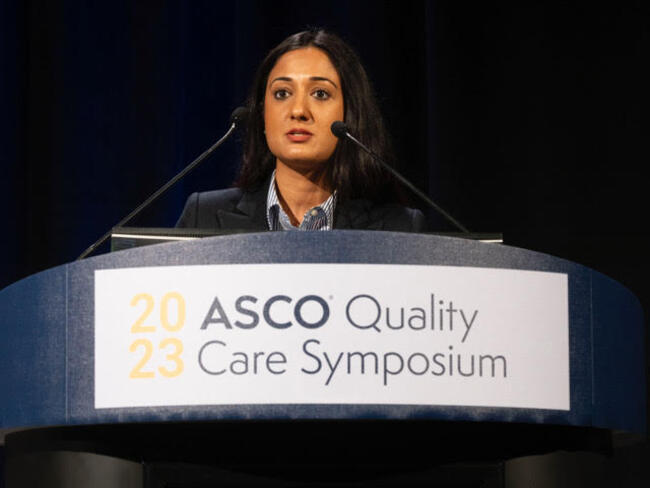Research investigating the accuracy of an AI cancer prediction platform has unveiled a remarkable 93% accuracy rate in correctly identifying the risk of specific cancer types, potentially marking a significant advancement in early cancer diagnosis.
The study, conducted with a sample size of 100,000 patients, is set to be released in its entirety in the upcoming months. Its primary objective was to assess the effectiveness of C the Signs in predicting the origin of cancer in real-world clinical settings.
C the Signs is a clinical platform that seamlessly integrates with electronic health records (EHR) and employs artificial intelligence to aid in the identification of patients at risk of cancer.
Preliminary analysis of the research findings suggests that cancer prediction platforms like C the Signs can play a crucial role in accurately determining the origin of tumors in patients presenting vague symptoms. This capability enables targeted investigations that are tailored to the specific tumor type.
The research findings were presented during an oral presentation at the American Society of Clinical Oncology Quality Care Symposium in Boston on Saturday, 28 October.
Dr. Bea Bakshi, Co-founder of C The Signs, expressed her satisfaction with the initial study results, stating, “We were delighted to present the initial findings of our study, which has shown promising results for the effectiveness of our C the Signs AI technology. Our technology is already being used by over 10,000 healthcare professionals, and while further research is required to identify which cancers can be most accurately detected taking a computational approach, we are very optimistic about these initial findings and firmly believe that they could revolutionise the way cancer risk is assessed in the future.”
C the Signs is used by Primary Care Physicians (PCPs) during point-of-care assessments. It analyses the symptoms presented by the patient, along with clinical data from the EHR, to determine the current cancer risk, predict the tumor’s site of origin, and recommend the most suitable diagnostic or referral pathway.
For additional information, please visit cthesigns.co.uk.





